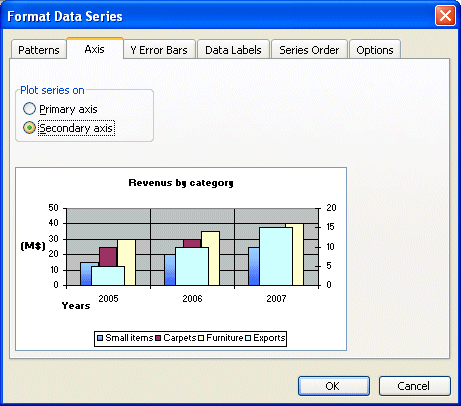

Through the head/tail breaks, a dataset is seen as a living structure with an inherent hierarchy with far more smalls than larges, or recursively perceived as the head of the head of the head and so on. Head/tail breaks uses the mean or average to dichotomize a dataset into small and large values, rather than to characterize classes by average values, which is unlike k-means clustering or natural breaks. In this connection, the notion should be interpreted as far more unpopular (or less-connected) things than popular (or well-connected) ones, or far more meaningless things than meaningful ones. Note that the notion of far more small things than large one is not only referred to geometric property, but also to topological and semantic properties. The head/tail breaks is motivated by inability of conventional classification methods such as equal intervals, quantiles, geometric progressions, standard deviation, and natural breaks - commonly known as Jenks natural breaks optimization or k-means clustering to reveal the underlying scaling or living structure with the inherent hierarchy (or heterogeneity) characterized by the recurring notion of far more small things than large ones. Head/tail breaks can be applied not only to vector data such as points, lines and polygons, but also to raster data like digital elevation model (DEM). Head/tail breaks is not just for classification, but also for visualization of big data by keeping the head, since the head is self-similar to the whole. The classification is done through dividing things into large (or called the head) and small (or called the tail) things around the arithmetic mean or average, and then recursively going on for the division process for the large things or the head until the notion of far more small things than large ones is no longer valid, or with more or less similar things left only. The heavy-tailed distribution can be simply referred to the scaling pattern of far more small things than large ones, or alternatively numerous smallest, a very few largest, and some in between the smallest and largest. Head/tail breaks is a clustering algorithm for data with a heavy-tailed distribution such as power laws and lognormal distributions.

The left pattern is produced by head/tail breaks, while the right one by natural breaks, also known as Jenks natural breaks optimization. 1024 cities that follow exactly Zipf's law, which implies that the first largest city is size 1, the second largest city is size 1/2, the third largest city is size 1/3.


 0 kommentar(er)
0 kommentar(er)
